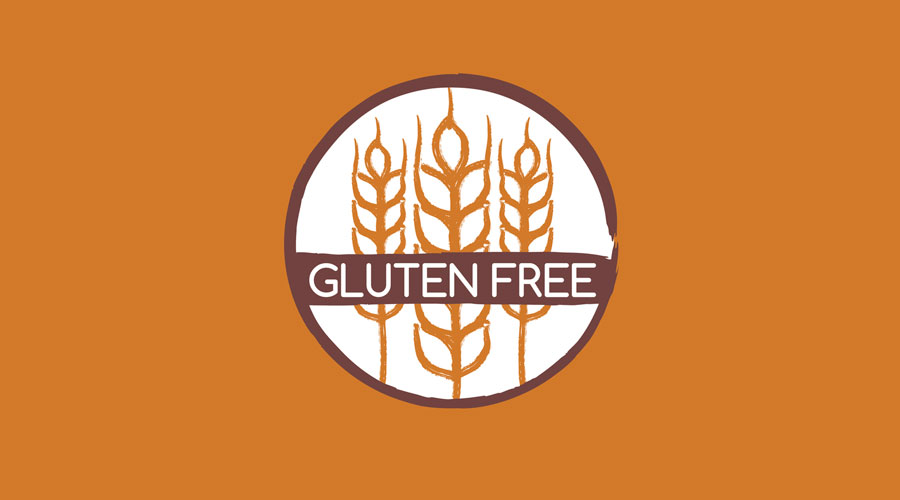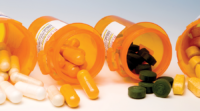Inside: Patients with celiac disease need to avoid every form of gluten, but gluten labeling is only required for food. Learn what the FDA has to say to your patients about gluten in medications.
A growing number of patients suffer from celiac disease. And many of them worry about gluten in medications.
Because ingesting even small amounts of gluten can cause health problems, people with celiac disease must diligently monitor what goes into their body, even non-food products.
But they have no way of knowing if their medications contain the ingredient.
“Confronted by uncertainty, some patients may forego important medication rather than risk an adverse reaction to gluten,” said Jeremy Kahn, a spokesperson for the U.S. Food and Drug Administration (FDA). “Thus, even if gluten is not present at levels that would harm a typical individual with celiac disease, that individual may be harmed through uncertainty and lack of information.”
As a precaution for patients who might avoid medications without explicit clarification, the FDA recently issued a draft guidance to manufacturers recommending how to label certain oral drug products regarding gluten.
The FDA recommends that manufacturers indicate the following message on their labels when a drug is free of gluten: “Contains no ingredient made from a gluten-containing grain (wheat, barley, or rye).”
Which drugs contain gluten?
According to the FDA, no oral drugs on the market contain enough gluten to harm patients.
“In the very rare cases where gluten may be present,” Kahn said, “we estimate based on drug formulation information that wheat starch and other ingredients derived from wheat would contribute no more than 0.5mg gluten to a unit dose of an oral drug product. This amount is less than may be found in a single 30-gram serving of food labeled ‘gluten-free’ according to FDA’s regulations.”
Although the FDA isn’t aware of any drugs containing wheat gluten or wheat flour, a few contain wheat starch.
The word “wheat” may concern patients with celiac disease. But they don’t need to worry.
“Even if wheat starch were used, either as an ingredient or as a starting material,” Kahn said, “there would be very little gluten, if any, expected to be present in the ingredient or the drug product.”
What do pharmacists need to know about gluten in medications?
Pharmacists can use the new guidance to reassure apprehensive patients with celiac disease.
But because the FDA has only given recommendations, not rules, manufacturers may not adhere to the guidance consistently. If some manufacturers label their products as “gluten-free” and others don’t, patients may be even more wary when they encounter medicine without the label.
Consider posting the FDA’s statement in the pharmacy to put patients at ease: “We are aware of no oral drug products currently marketed in the United States that contain wheat gluten or wheat flour intentionally added as an inactive ingredient.”
The FDA still needs to finalize the guidance. In the meantime, it encourages drug manufacturers to have helpful information about the composition of their products available to consumers and healthcare providers.
Want more pharmacy business tips and advice? Sign up for our e-newsletter.












